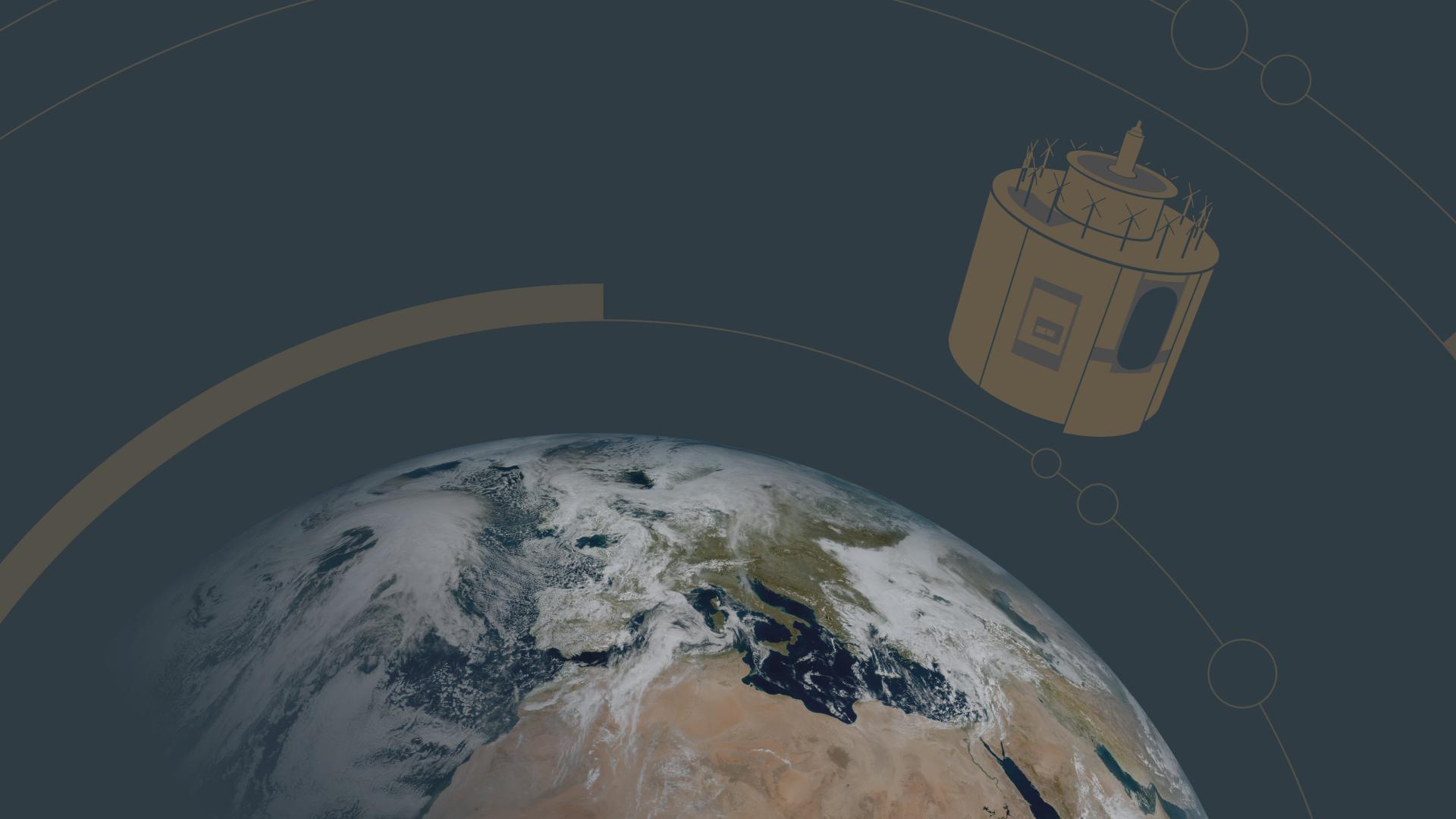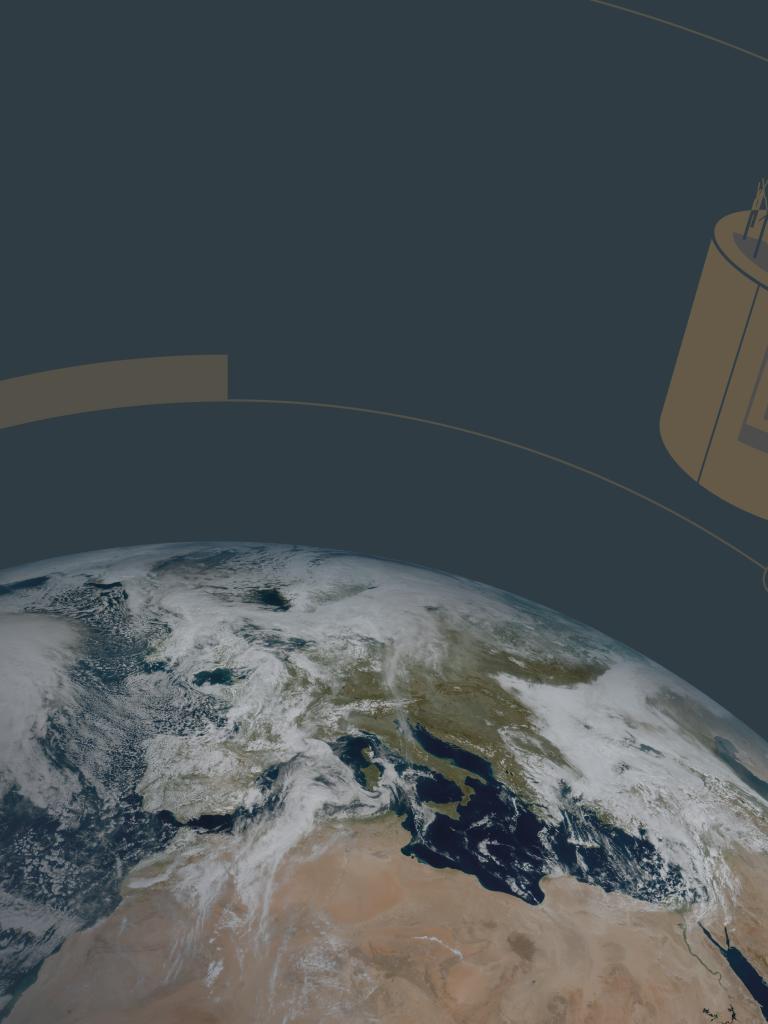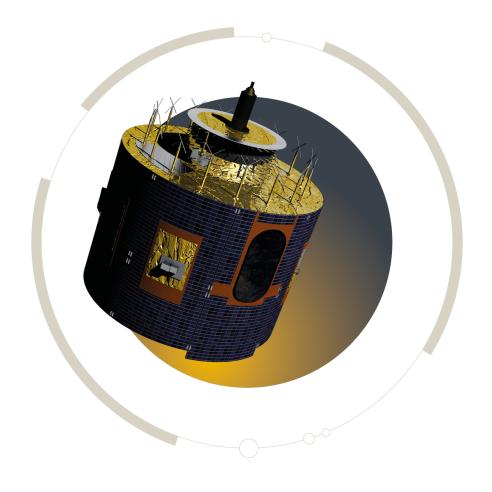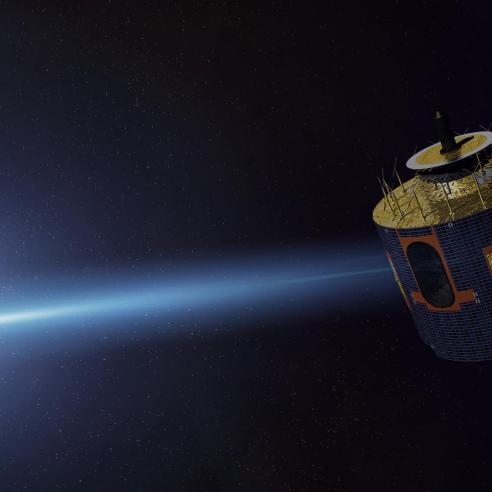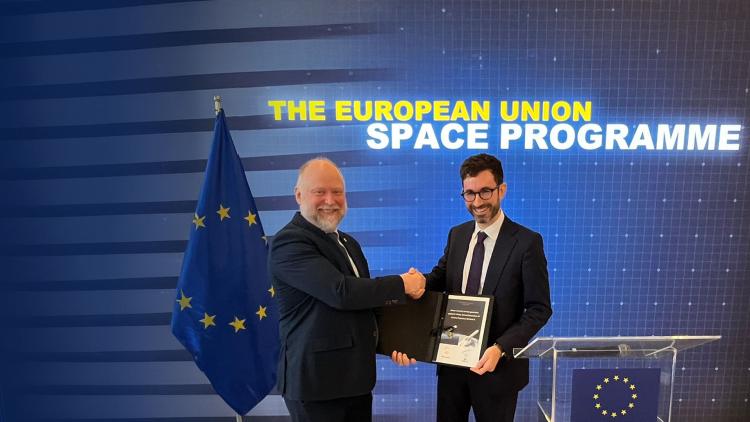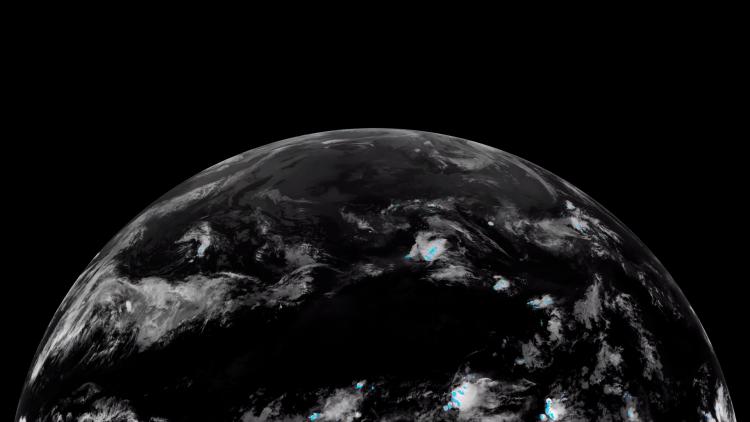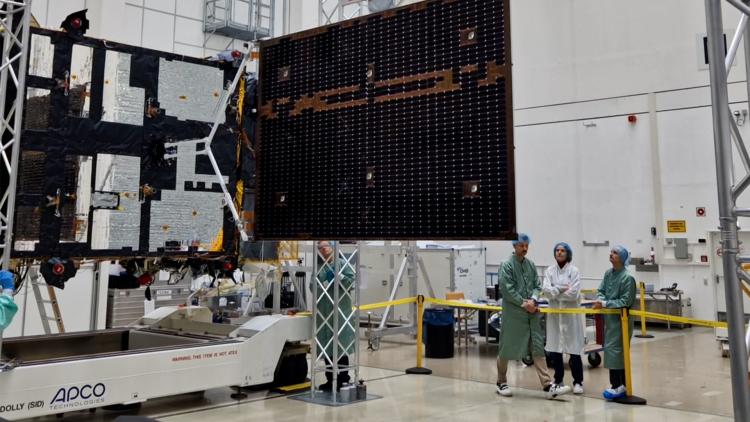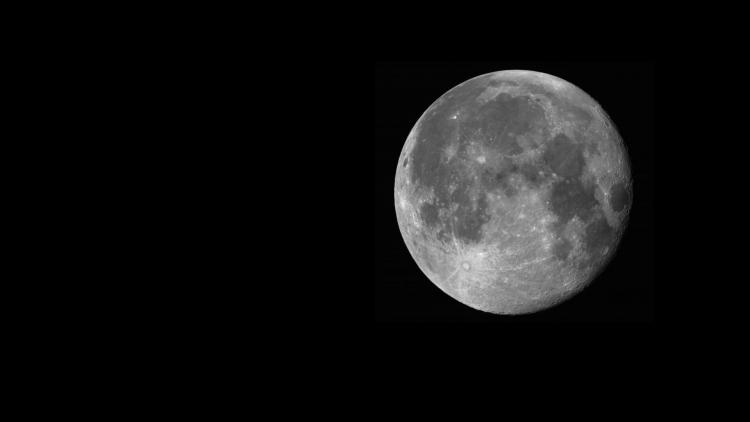Search And Rescue Repeater
The aim of the search and rescue signal repeater (SARR) is to relay distress signals from users in difficulty to search and rescue centres. The instruments therefore help search and rescue authorities save thousands of lives around the world
Geostationary satellites, such as MSG, continually view large areas of the Earth and can provide near instantaneous alerting from a 406MHz beacon. As part of the Cospas-Sarsat programme, the SARR instrument continuously monitors the Earth and relays any distress signals from 406 MHz beacons within the MSG coverage zone in Europe, Africa and the Atlantic Ocean.
The signals are sent to Geostationary Earth Orbit Local User Terminals (GEOLUTs) and eventually passed on to rescue coordination centres for the rapid organisation of rescue activities.
Search and rescue systems are also carried by satellites in polar Earth orbit, such as the Metop series of satellites, but studies by the USA using the GOES-7 meteorological satellite have shown that geostationary satellites can improve detection times by providing near instantaneous alerts from their coverage zone.
SARR is provided by NOAA and developed by EMS Technologies of Quebec, Canada, under contract to the Canadian Department of National Defense (DND).
